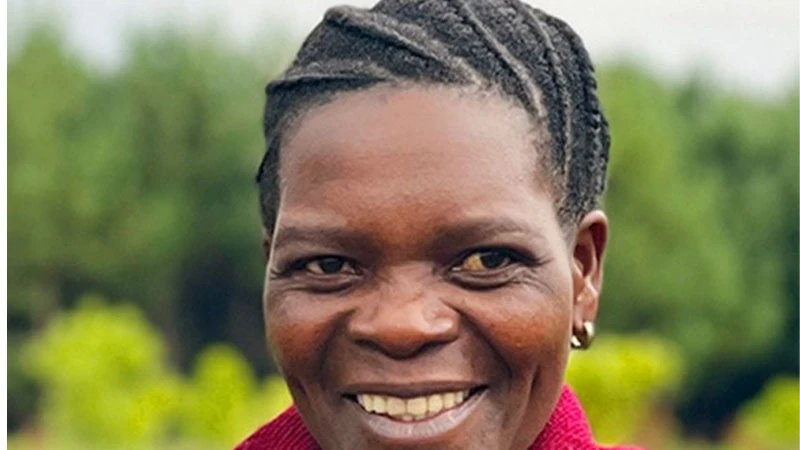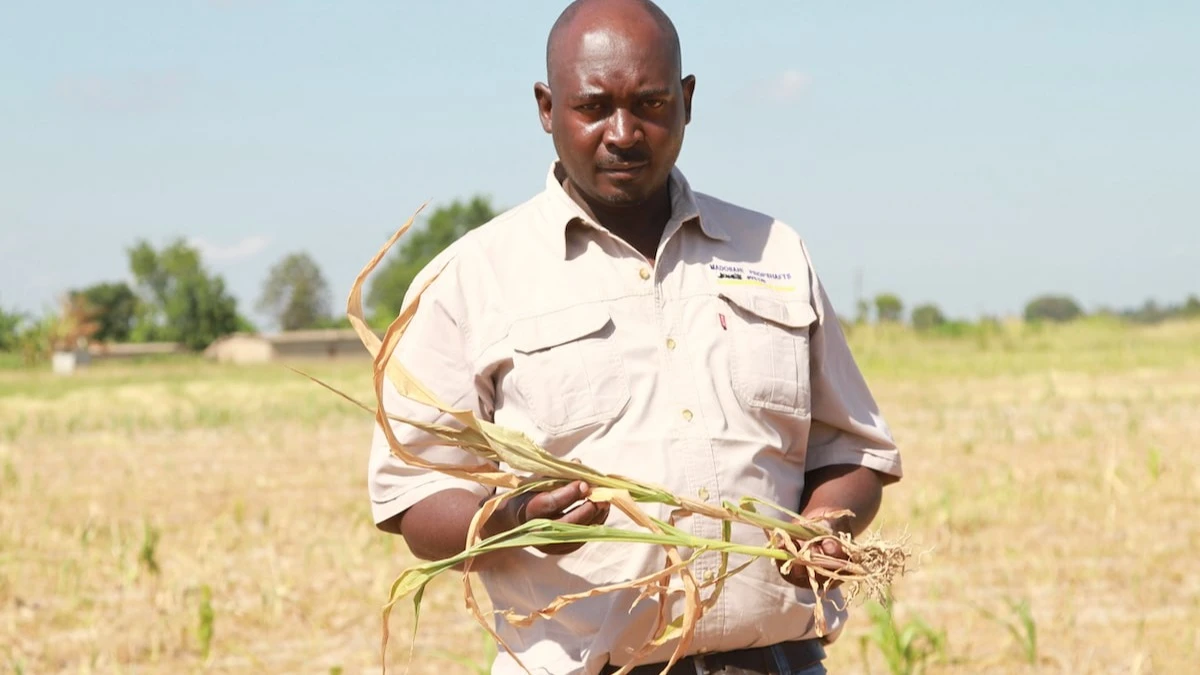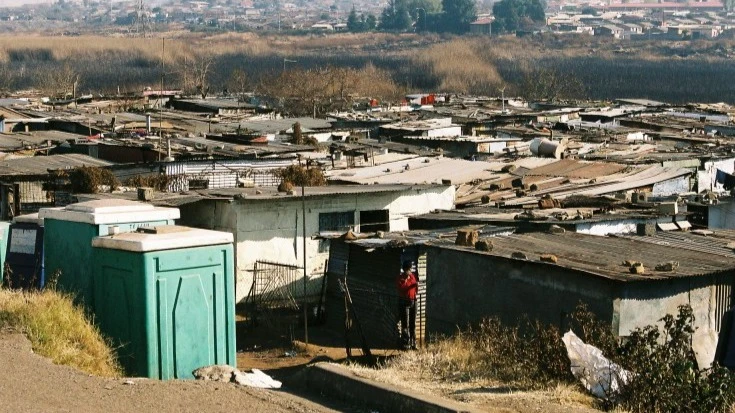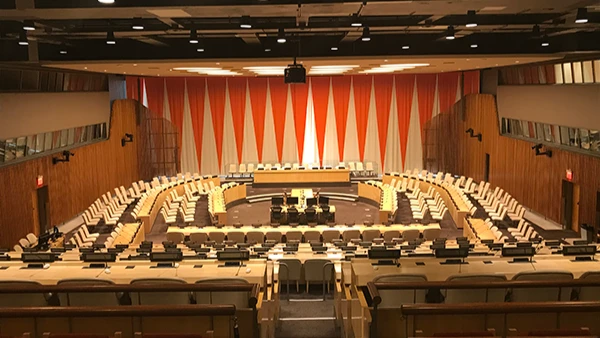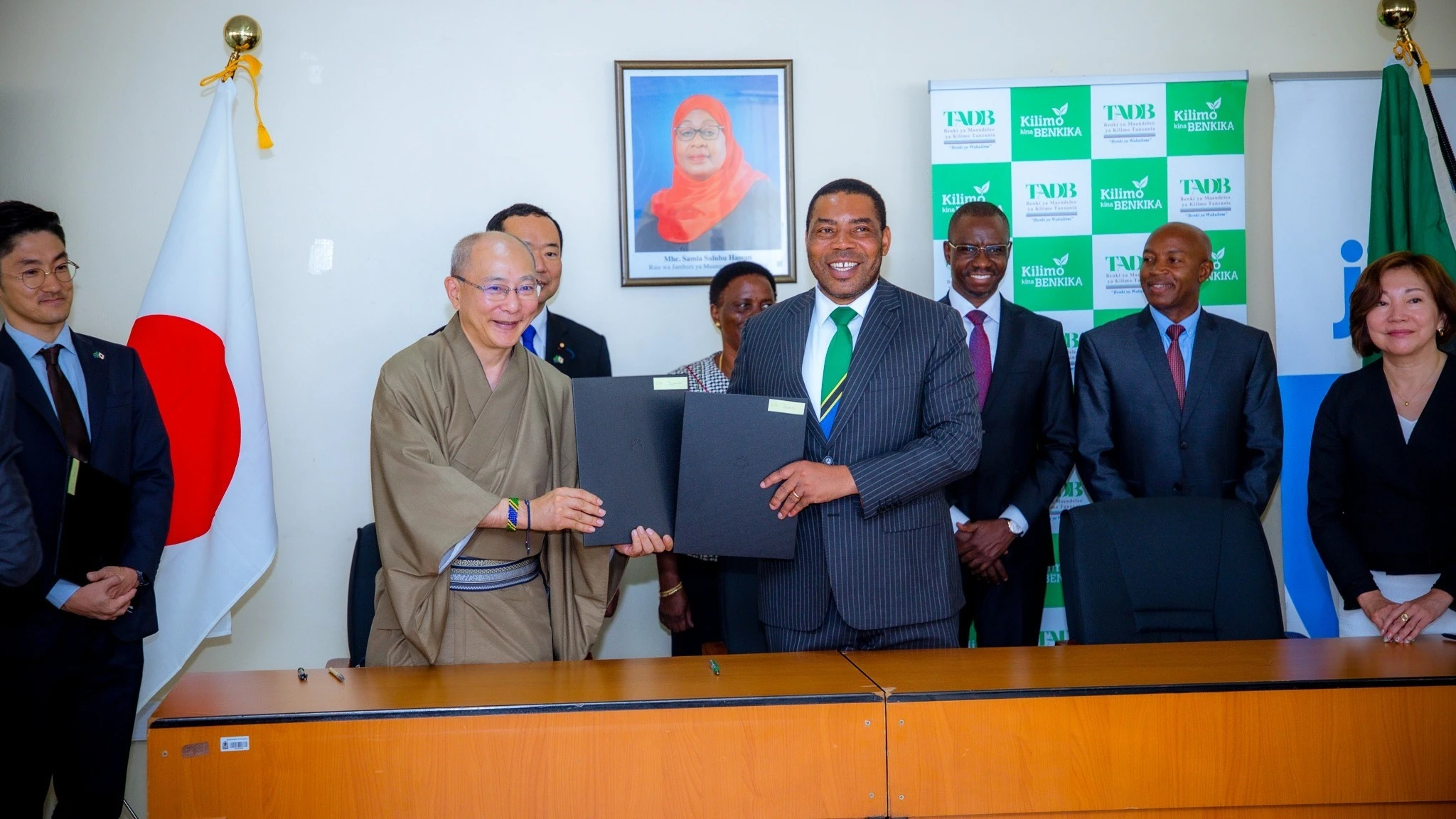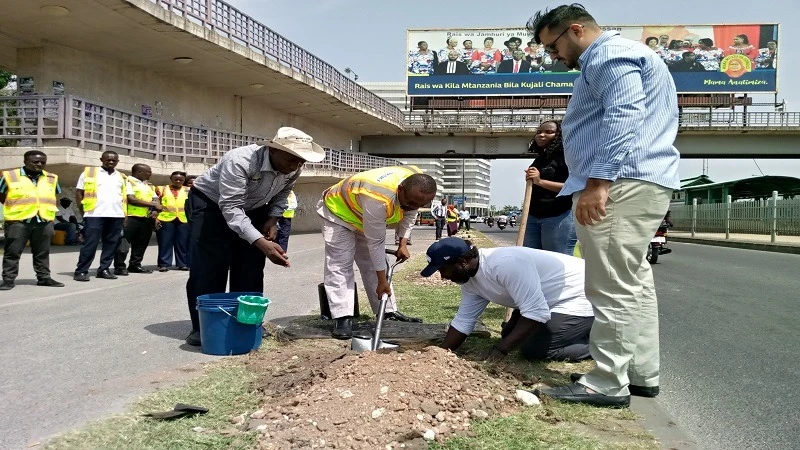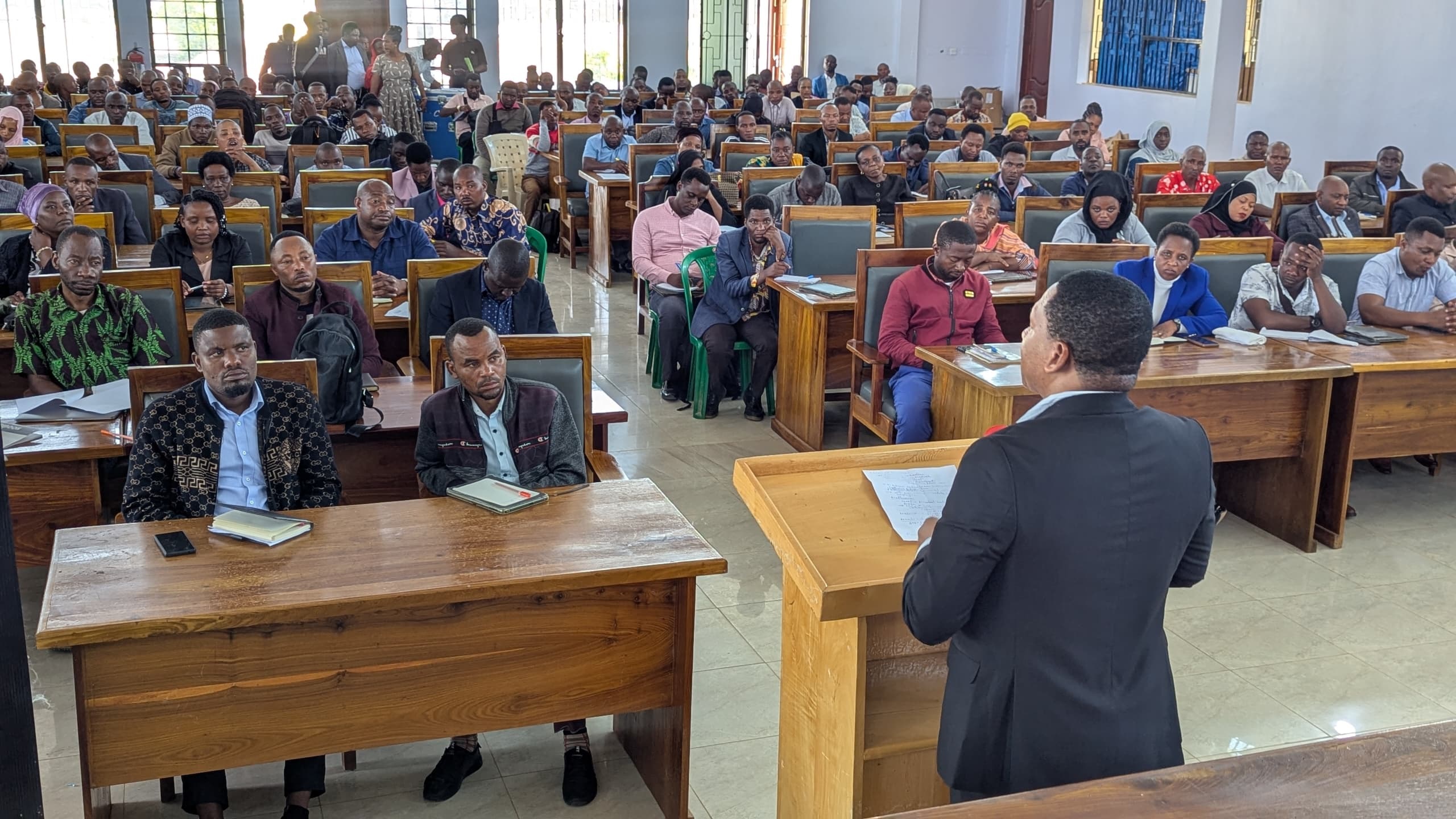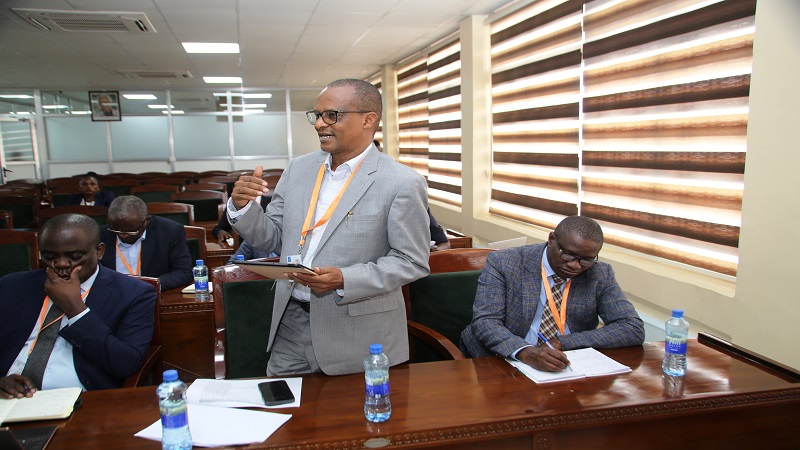Climate Change: Hope as a remote Indian village overcame water scarcity

THE people of Patqapara Village, a hamlet in India’s West Bengal State, were until recently reeling under absolute distress due to water scarcity. The lack of irrigation facilities in this far-flung and inaccessible hamlet had resulted in a steady decline in agricultural activities.
With a population of around 7,000, as per government estimates, the village primarily depends on agriculture for its livelihood. However, in recent years, drastic changes in weather patterns, including unseasonal rainfall, delayed monsoons, and soaring temperatures above normal levels, led to the drying up of irrigation canals and wells in the village. This left the local population in chaos, as their cultivable fields were bereft of any irrigation facilities.
According to the latest report from the Center for Science and Environment (CSE) on India’s state of the environment in 2023, West Bengal has experienced a significant escalation in the severity of climate change within a short span of one year. The report, released on the eve of World Environment Day in June last year, draws attention to the alarming increase in extreme weather events in Bengal. So far, since 2023, the state has already experienced 24 such events, a stark contrast to the total of 10 events recorded throughout the entire year of 2022.
Furthermore, the report highlights that in 2022, India encountered a staggering 314 extreme weather events out of 365 days, resulting in the loss of over 3,026 lives and damage to 1.96 million hectares of crops. While heat waves predominated in early 2022, hailstorms have taken precedence as the predominant extreme weather event in 2023.
Babu Ram, a local villager, along with his wife, was contemplating leaving the village and moving to the city to search for menial work for sustenance.
“The irrigation canals used to provide us with livelihood. Besides watering our fields, we used to catch fish from there and sell it in the market, earning a living. But the weather changed everything. No, no—it actually dried everything up,” Ram said.
Sanjoy Kumar, another farmer, says the water scarcity in the village had taken such a toll that it was feared that people would die due to hunger.
“Our crops failed and our fields became barren. We had no option but to migrate and leave our homes behind. I even worked as a daily wage laborer in the city at a private firm. The wages were meager and the living was getting wretched with each passing day,” stated Kumar.
However, it was last year when the villagers mooted an idea to overcome water scarcity in their hamlet. Extensive deliberations were held between the villagers and local headmen, also known as ‘Panchs’ in the local language.
Through these discussions, a proposal to restore the village’s ponds emerged.
“The irrigation facilities were minimal. In the past, there used to be ponds in almost all major areas of the village, but they were left unutilized as the villagers were unaware of their benefits. Our proposal was to restore these ponds,” explained Babu Sarkar, a senior member of Caritas, a non-government organization that helped the villagers in the restoration of the ponds.
The agency, along with local villagers, identified 30 villagers who were tasked with working two hours every day on a rotational basis for the restoration of these abandoned ponds. Understanding the benefits of this initiative, the villagers formed several groups and enthusiastically undertook the task at hand. They identified and rehabilitated an estimated 15 ponds that had been abandoned, dried up, and forgotten.
Through their tireless efforts, the villagers cleared dust, dirt, and debris from the ponds, allowing water levels to increase and hopes to soar among the once-perturbed villagers.
“Soon, with the arrival of monsoons, rainwater was harvested in these ponds, bringing them back to life. Not only is the project now irrigating local crops, but the villagers are also developing fish farms in them,” Sarkar said.
Jadhav Prakash, a local farmer, is now involved in fish farming due to these restored ponds and earns a good living.
“I earn about 3 thousand rupees (30 USD) a month by selling fish. Other villagers are also benefiting from the restoration of ponds,” Prakash said.
Sunjoy Kumar, who had left the village, returned to his village earlier this year, hopeful that the fields would never be bereft of water and the lands wouldn’t turn barren again. “I am sowing the crops again with the eager hope that I will never face the hardships again. This is my land and my world. I do not want to go back to the city and face hardships there. I want to live here and work here,” Kumar said.
Top Headlines
© 2025 IPPMEDIA.COM. ALL RIGHTS RESERVED


